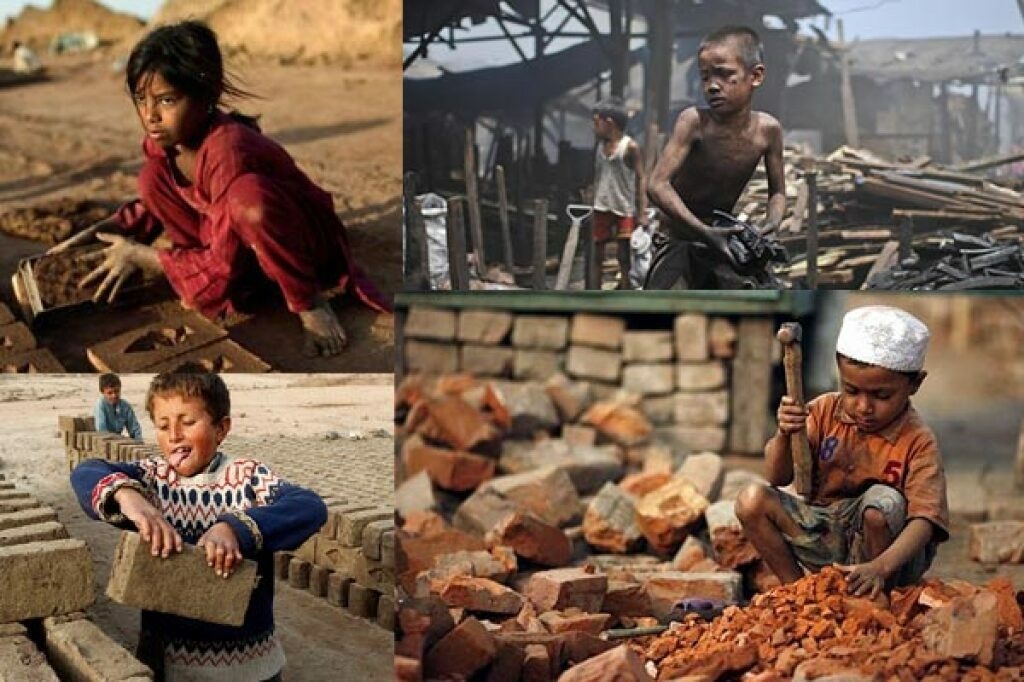By: Zara Amoon
The International Day Against Child Labour, observed annually on June 12th, serves as a poignant reminder of the global effort to eliminate child labor. Established by the International Labour Organization (ILO) in 2002, this day seeks to foster a worldwide movement against child labor in all its forms. In Pakistan, a country grappling with deep-rooted socioeconomic challenges, this day holds particular significance. The nation’s struggle with child labor reflects broader issues of poverty, lack of education, and inadequate law enforcement.
Child labor in Pakistan is a multifaceted issue with historical roots. Since the country’s inception in 1947, economic instability and social inequality have fostered an environment where child labor thrives. Traditionally, children in Pakistan have been engaged in various forms of labor, from agricultural work in rural areas to working in factories, brick kilns, and domestic service in urban settings. The International Day Against Child Labour was established by the ILO to bring attention to the plight of child laborers and to encourage efforts to eliminate child labor. Pakistan, a member of the ILO since 1947, has been part of this global dialogue. However, translating international commitments into local action has been a continuous challenge for the country.
According to various reports, including those by the ILO and local NGOs, millions of children in Pakistan are engaged in labor. Estimates suggest that around 3.3 million children are involved in child labor, with a significant number employed in hazardous conditions. Key sectors where child labor is prevalent include agriculture, industry, and domestic work. Many children work on farms, often in harsh conditions, contributing to the country’s agricultural output. In industries such as carpet weaving, glass bangles, and surgical instruments manufacturing, children are often exposed to dangerous tools and substances. A significant number of children, especially girls, are employed as domestic workers, often enduring long hours and harsh treatment.
Poverty remains the primary driver of child labor in Pakistan. With nearly a quarter of the population living below the poverty line, families often rely on the additional income generated by their children to survive. This economic pressure forces parents to prioritize immediate financial needs over their children’s education and well-being. The educational infrastructure in Pakistan is inadequate, with many children having limited access to quality education. High dropout rates, especially in rural areas, mean that children often end up working to support their families. The cost of education, coupled with the opportunity cost of lost income when children attend school, discourages many families from investing in their children’s education. Cultural and societal norms also play a significant role in perpetuating child labor. In many communities, it is considered acceptable for children to work from a young age. Gender disparities exacerbate the issue, with girls often being the first to be withdrawn from school to help with household chores or to work as domestic helpers.
Pakistan has enacted several laws aimed at curbing child labor. The Employment of Children Act (1991) and the Bonded Labour System (Abolition) Act (1992) are key pieces of legislation designed to protect children from exploitation. However, enforcement of these laws remains weak due to corruption, lack of resources, and inadequate political will. Pakistan has ratified various international conventions, including the ILO’s Minimum Age


